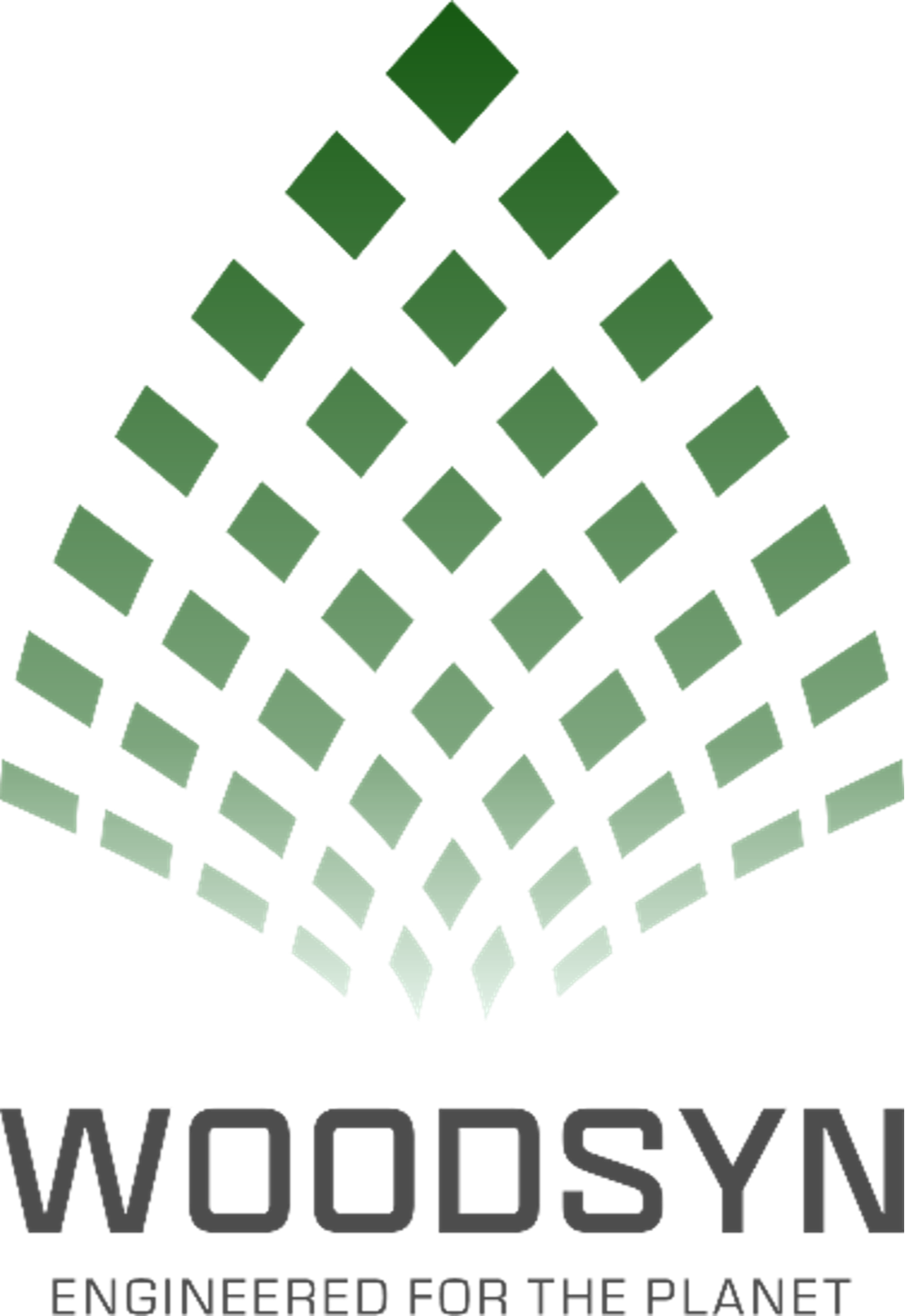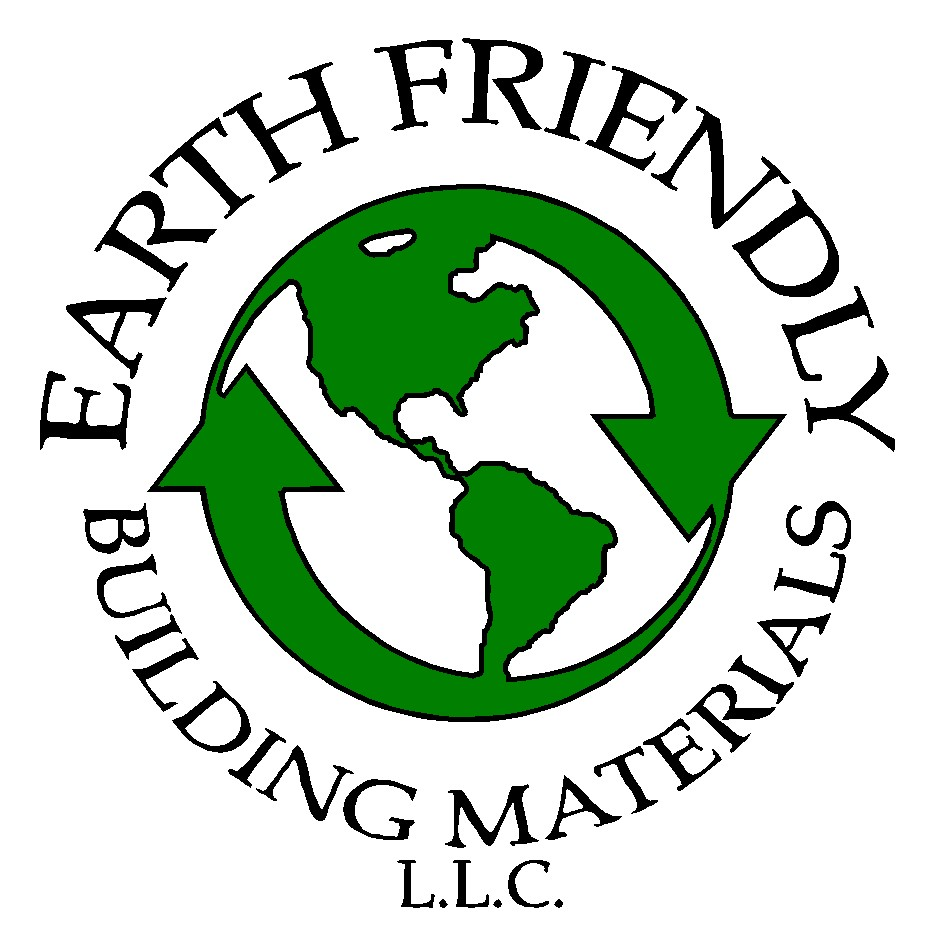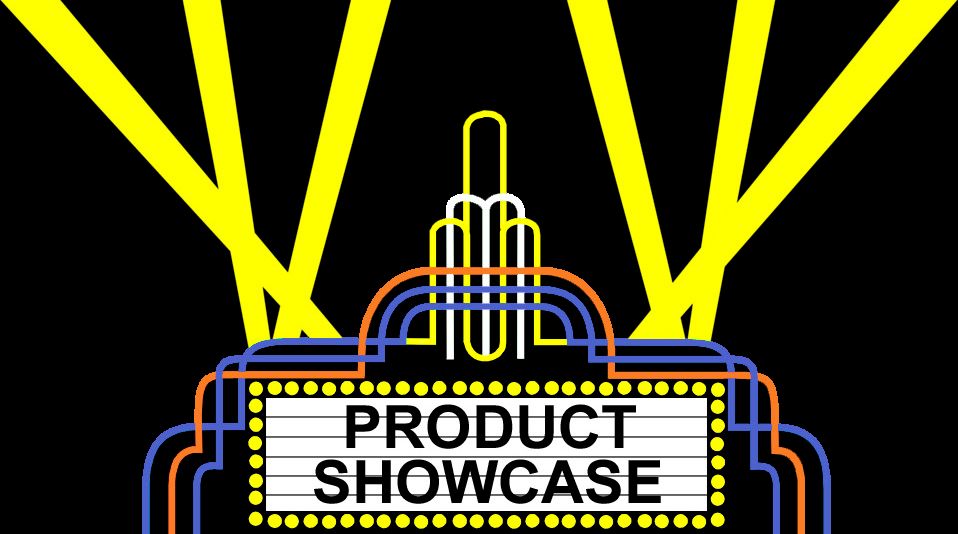
Click for list of classes
A closer look at cutting edge energy (and water) efficient products for buildings.

OptimWall™️
Introducing OptimWallTM — A Smarter, More Resilient Way to Build.
For nearly a century, builders in Europe have relied on wood wool cement (WWC) panels to create durable, energy-efficient, and fire-resistant structures.
Now, WoodSyn is bringing this proven technology to the United States with OptimWallTM — a high-performance wall system designed for superior thermal insulation, moisture resistance, and structural strength.
Unlike traditional materials that degrade over time or require additional treatments for fire and mold resistance, OptimWallTM naturally delivers exceptional durability, sound absorption, and environmental resilience.
Its unique composition—engineered from mineralized wood fibers and cement—creates a breathable yet highly insulating panel that enhances indoor comfort while withstanding extreme conditions.
Why OptimWall™️Matters
- Addressing the Affordable Housing Crisis: The demand for high-quality, affordable housing continues to grow. OptimWallTM offers a cost-effective, scalable solution with fast installation, high energy efficiency, and long-term durability—helping to ease housing shortages in urban and rural areas alike.
- Enhancing Wildfire Resilience: As wildfires become an increasing threat across North America, fire-resistant construction is critical. OptimWallTM provides a highly fire-resistant building system that improves community safety and long-term resilience.
- Strengthening North American Manufacturing and Job Creation: Establishing domestic wood wool panel production creates jobs, supports local economies, and reduces reliance on imports. A North American supply chain will ensure stable, cost-effective access to these sustainable building materials.
- Building a More Sustainable Future: OptimWallTM contributes to lower carbon emissions, reduced waste, and increased use of renewable materials—aligning with modern green building standards and climate action goals.
What we'll be covering:
- The history and benefits of wood wool cement technology.
- How OptimWallTM is manufactured efficiently and sustainably.
- The installation process and key design considerations.
- A look at our upcoming demonstration project.
- The future of OptimWallTM in the U.S. and Arizona.
WoodSyn is leading the charge in bringing a smarter, more resilient way to build to North America. Let’s explore how OptimWallTM is helping to shape the future of sustainable, fire-resistant, and affordable construction.

Guest Speaker: Ben Williams
Ben is the Chief Operating Officer of Woodsyn, LLC, where he oversees the company’s daily business operations, implements strategies to improve efficiency and productivity of operations, and collaborates with the executive team to align operational goals with overall business strategy.
Prior to joining the Woodsyn team, Ben served as the Army's Chief Operations Officer at the Defense Language Institute Foreign Language Center, the Department of Defense's premier foreign language school.
Also in the Army, Ben served as the Commander of SFODA 5122, 1st Battalion, 5th Special Forces Group, creating organizational development and professional education programs that improved the infrastructure and security of communities throughout the greater Middle East.
Ben received a Global MBA from the Thunderbird School of Global Management in December of 2015.
On-Demand Class Sponsor: WoodSyn

Buried Ducts
In the Learning Edge Maximizing Performance with Unvented Attics class, we describe several ways to build homes so that the HVAC ducts are "inside conditioned space."
One of these methods, approved by the International Energy Conservation Code (IECC) and also recognized by the US Department of Energy's "Building America Solution Center," is burying ducts in attic insulation.
While the Learning Edge class, IECC and DOE Solution Center are primarily focused on the application of "buried ducts" in the construction of new homes, many people are interested in applying this building practice in their own existing home, to make their HVAC system, and home, more energy efficient.
In this Product Showcase class, we're going to hear from a company that is providing this exact service for existing homes in the Phoenix, Arizona market.
What we'll be covering:
- A refresher on the various ways to build homes so that the HVAC ducts are "inside conditioned space."
- An overview of challenges with locating ducts in hot attics in summer and cold attics in winter.
- Describe the process for burying ducts in attic insulation, primarily for existing homes, but also for new homes.
- Overview of several existing home projects that have had ducts buried in attic insulation, and share the positive results realized by the owners of those homes.
- Discuss tax credits and rebates available for burying ducts in attic insulation.

Guest Speaker: Greg Cobb, Parker & Sons
Greg is a Senior Vice President overseeing HVAC and Solar operations for Parker & Sons, the largest home services provider in Arizona, offering HVAC, plumbing, electrical, water treatment, insulation and solar services.
Greg has been involved in the HVAC and energy services industry for over 15 years, beginning as CEO and partner of Sonoran Air, Inc., one of the largest HVAC companies in Arizona, and founder of iEngineer, a provider of mechanical system designs for home builders.
Greg sold Sonoran Air to Goettl, a provider of HVAC, plumbing and electrical services throughout the Southwestern United States, then served as Goettl's CFO. He also sold iEngineer to ARCXIS, a provider of engineering and inspection services for residential and commercial construction projects, then served as ARCXIS' Western Division President.
Outside of running businesses, Greg has served as a member of the RESNET HVAC Task Group, as a member and President of the EEBA Board of Directors, and has been a speaker at the national conferences for RESNET, EEBA, EPA and DOE.
Prior to entering the HVAC and energy services industry, Greg spent his early career in the biotech industry focused on finance, mergers and acquisitions, and private equity investing.
Greg has a JD from the Sandra Day O’Connor School of Law at Arizona State University, an MBA from the W.P. Carey School of Business at ASU, as well as a B.S. in computer engineering from Iowa State University.

Guest Speaker: Daniel Ontiveros, Parker & Sons
Daniel is the HVAC Sales Leader in the service department at Parker & Sons as well as the Duct and Attic Manager.
Prior to joining the team at Parker & Sons, Daniel was the Service Manager at AC by J in Scottsdale, Arizona, providing services in both HVAC and plumbing. In his tenure with AC by J, Daniel implemented an extensive duct testing program that resulted in a large increase in duct renovation and replacement projects.
Before taking leadership positions at Parker & Sons, AC by J and also Climate Pro, LLC, Daniel had a 10-year career as an HVAC service field technician where he earned numerous credentials and certifications, including NATE, NCI air balancing, BPI building analysist with emphasis on combustion and carbon monoxide safety, and AZ Heat Pump Council Master Technician.
Daniel has an Associate's Degree from Universal Technical Institute in Phoenix, Arizona.

Windows
People love windows as much as they love being outdoors, which is no coincidence.
Windows allow us to enjoy the outdoors, at least visually, while remaining comfortable inside our homes and other buildings. This is particularly important on bitter cold, snowy days in winter and stifling hot (and humid) days in summer.
While the first glass windows date back to the Roman Empire and the first century, sheet glass for windows as we know them today was not developed until the 11th century in Germany, and flat plate glass in France in the 17th century.
Fine quality glass with little to no visual imperfections was created only in the past 70 years (in 1959) using the "Float Glass Product Method" developed by Sir Alastair Pilkington in England.
With this modernization of the window glass manufacturing process, windows and glass doors have become commonplace, but much more complex and highly engineered products, offered in all sizes and shapes, numbers of panes, frame types and materials, and coatings to make them more energy efficient.
In this class, you will be learning a little about the history of windows, and lot about the current state of the residential window industry from one of the largest residential window companies in the nation.
What we'll be covering:
- Background and history of windows and Avanti Windows and Doors.
- Window basics, including types of windows and glass doors, window frame materials, glass coatings, and multi-pane glass configurations.
- The performance metrics of windows, including U-Value, SHGC, Visible Light, Air Leakage, Depressurization Rating, Sound Transmission Coefficient, and Wildfire requirements.
- The "Avanti Installation Method" (AIM) that delivers higher quality and more consistent window performance for homes.
- A consideration of the future of windows and what's to come.

Guest Speaker: Mike Siebert
Mike started in the window industry over 40 years ago after leaving the United States Air Force, working with both window manufacturers and dealers since 1982.
Over his long career, Mike has both started and closed window companies, most recently "Avanti 2.0", started in 2014 with the same owner of the original Avanti that he worked with back in the 1980's.
As Vice President of Sales for the newest version of Avanti Windows and Doors, Mike has helped grow the company from a startup with zero sales in 2014, to over $170 million a year in 2023, with a goal of reaching $500 million by 2028.
Mike takes great pride in the leadership and innovations that Avanti has prided itself on both in the past, and especially today.
For example, Avanti was one of the first, if not the first, window manufacturing company in the nation that added window installation as a service, working with the largest production home builders in the nation to reduce window failure issues caused by poor installation practices.
In his spare time, Mike loves riding his motorcycle(s) as often as he can on short trips, long trips, and just riding to the Avanti office.
He enjoys time with his 5 grandchildren doing cook-outs and going to Diamond Backs baseball games.
On-Demand Class Sponsor: Avanti

Geothermal Networks
A recent article headline by the clean energy organization Canary Media declared, "Geothermal is the hottest thing in clean energy," and then explained why.
While geothermal energy currently accounts for only 0.4% of total U.S. electricity generation, "gobsmaking amounts of early-state investment capital," from the federal government and private industry, are being poured into research, development and deployment of new and improving geothermal technologies.
When looked at from the perspective of "heat", geothermal energy is used for much, much more than just generating electricity.
In fact, harnessing the latent energy stored in water on the surface of the Earth and from deep underground dates back thousands of years to ancient civilizations.
In this class, you'll be learning about the basics of geothermal energy, it's benefits and practical uses and applications, and the growing role geothermal energy is playing in the overall "clean energy" mix, including as a part of community scale "thermal energy networks."
What we'll be covering:
- Geothermal as just one of many "renewable energy" resources
- The basic terminology and principles of geothermal energy
- Modern applications of geothermal energy
- Geothermal heat pumps (aka “ground source heat pumps”)
- The benefits of geothermal energy
- Geothermal heat sinks and sources
- Learn what Thermal Energy Network (TENs) are and how they've evolved over the past 150 years

Guest Speaker: Marc Miller
Marc has been in the construction industry for over 35 years, 30 of those years focused on HVAC.
Since that time, he has provided services for not only HVAC, but also life safety, electrical, plumbing, and security systems, one of his most significant projects being work on the headquarters building in Washington, DC for the United State Federal Bureau of Investigation (FBI).
With specialized security clearance for the United States government, Marc has leveraged his experience to provide HVAC services around the globe on behalf of the US State Department.
In addition to providing construction management services for clients, Marc is focused now on educating others about the HVAC industry and, most recently, about geothermal systems and design.
Marc holds an HVAC Masters license in multiple states and is a member of the American Society of Heating, Refrigerating and Air-Conditioning Engineers (ASHRAE).
Originally from the Washington, DC metro area, Marc moved to Scottsdale, Arizona in 2016 to enjoy the palm trees and nicer weather.

Earth Friendly (EF) Block
The traditional "insulated concrete form" (ICF) wall system most recognizable to the building industry, uses specially shaped expanded polystyrene (EPS) Styrofoam blocks to hold, then insulate, an inner core of concrete and reinforcing steel.
In the 1980's, a variation on the ICF was developed which does not use new Styrofoam, but instead integrates recycled Styrofoam into a concrete mix to make the blocks.
The resulting product became known as "RASTRA Block," which can be easily cut by hand, formed into foundations and walls, then filled with concrete (just like traditional ICFs) to form a very strong, highly fire-resistant, and energy efficient wall system.
In 2006, Earth Friendly Building Materials, LLC redesigned the manufacturing process of the Rastra ICF block, and created a proprietary wall system, Earth Friendly Block (EF Block) which is manufactured in Arizona.
EF Block provides flexibility in design while maximizing strength, durability, thermal performance, and using a remarkable 87% recycled materials, making Earth Friendly Building Materials the number one recycler of Styrofoam in the state of Arizona.
In this class you will learn all about the EF Block wall system, including what it's made of, how it's manufactured and installed, and all the ways the product maximizes strength, durability, energy efficiency, and environmental benefits for buildings.
What we'll be covering:
- History and background of the EF Block ICF wall system.
- Examples of commercial and residential projects that have been built with EF Block.
- An overview of how EF Block is manufactured and the special characteristics of the product that make it highly durable and energy efficient.
- How EF Block buildings are constructed, including in non-linear shapes.
- How electrical and plumbing are integrated into the wall system.
- How to order EF Block for building projects and the estimated costs.

Guest Speaker: Dan Chouinard
Dan started in the construction industry in 1966, at age 14, working in his father’s construction company framing the interior of masonry homes, then framing entire homes starting in the 1970's.
In 1975, Dan obtained his general contracting license and over the next fifteen years, started two construction businesses building custom homes as well as churches, water treatment plants, medical buildings, fire stations, auto dealerships and other various commercial and residential projects.
Dan started Earth Friendly Building Materials, LLC in 1990 to focus on environmentally friendly building materials, including Insulated Concrete Form (ICF) wall systems like RASTRA, Perform Wall, and Enviro-Tilt.
In 2006, Dan created his own proprietary ICF wall system, Earth Friendly Block (EF Block), which he manufactures in Arizona and ships all over the United States and internationally.
Dan and Earth Friendly Building Materials have partnered with green building programs in the cities of Phoenix, Tucson, Tempe and Scottsdale, Arizona and helped sponsor the American Lung Association Home at the environmentally sustainable community of Civano in the City of Tucson.
On-Demand Class Sponsor: EF Block

AeroSeal
Lawrence Berkeley National Laboratory, located in the San Francisco Bay area, has been a leading research institute since 1931.
They have directly and indirectly spawned some of the most cutting edge technology in the past 100 years, including carbon-14 dating of organic matter, the lithium ion battery, low-emissivity or "low-E" coatings for windows, and the development of the energy-efficiency standards for EPA's ENERGY STAR HVAC and appliance programs (to name just a few).
In 1994, LBNL received a patent for a unique aerosol-based sealing technology invented by Dr. Mark Modera. It was used to seal leaks in ductwork, but without the human labor required to seal ducts the traditional way, i.e. by hand with mastic.
In 1997, this cutting edge air sealing technology became known as "AeroSeal." Its application was expanded in 2016 with the invention of "AeroBarrier," used to seal leaks in a building's envelope or shell.
In this class, you will be learning more about the history and best applications for the AeroSeal and AeroBarrier products, as well as which builders are using them to achieve significantly tighter ducts and building envelopes.
What you'll be learning:
- The background and history of AeroSeal.
- The technical details of the AeroSeal sealant and how it's applied.
- Best applications for AeroSeal and AeroBarrier.
- Where AeroSeal products are being installed nationally, and internationally.
- The role that AeroSeal products play in reaching the stringent air tightness standards for building codes and national energy efficiency programs like ENERGY STAR.
- Which home builders and projects are using AeroSeal and AeroBarrier.

Guest Speaker: Ross MacPherson, Aeroseal
Beginning in the 2000’s, Ross worked his way up from a laborer to project manager in a high-end residential construction firm. Looking to branch out, he then became a HERS Rater and spent many years providing HERS ratings for thousands of projects in eastern Massachusetts.
Upon the release of the AeroBarrier product, Ross built a successful installation company before joining Aeroseal corporate, where he now focuses on sealing technologies for building envelopes and ducts, and using building science to optimize and value engineer projects for architects, developers, and builders.
In his free time, Ross loves spending time with his family, enjoying the outdoors and the oceans.

Guest Speaker: Mike Lyon, Aeroseal
Mike started his construction career in 2003 as a new construction general contractor in Iowa. When economic conditions in 2009 forced him to shift to a new interest, energy efficiency, he became a Home Energy Rater.
Working for The Element Group, an energy consulting firm, Mike spearheaded the growth of the company – expanding from a handful of clients in Iowa to twelve states, completing over 300 multifamily and single family Low-Income Housing Tax Credit projects that required specific energy and sustainable certifications.
In the summer of 2018, Mike and his colleagues saw a demonstration of a new advanced air sealing application, AeroBarrier, and were convinced that this was the positive disruption to advance building techniques that the construction industry needed.
Mike invested in the AeroBarrier equipment and product and after completing 400+ air sealing projects over the course of just two years, in early 2021 he joined the corporate team at Aeroseal as Lead Applications Engineer.
When he is not focused on AeroBarrier, you can find Mike diving into a woodworking project, flying airplanes, boating, or enjoying time with his wife and two daughters in the woods and lakes of Minnesota
On-Demand Class Sponsor: Aeroseal

Cool Roof Technologies
The concept of radiative cooling is not new. Thousands of years ago, Persians in the ancient Middle East harnessed the power of "passive radiative cooling" (PRC) to make ice in shallow pools at night when outdoor temperatures never dipped below freezing.
Today, that same phenomenon of physics is being used to keep steel roofed bus shelters 20 to 30 degrees cooler in summertime in Phoenix, Arizona. It has been commercialized in products that save 2 to 3 times more energy than PV Solar generates.
In this presentation, you will learn exactly how PRC works, where it can be applied in buildings, and also about other amazing feats of physics when thin films are applied to windows and building surfaces, and granules of a variety of colors are engineered to reflect heat.
This Product Showcase may feel like a return to your high school or college chemistry and physics classes, but the knowledge you'll gain will be worth the journey.
What you'll be learning:
- Background information, i.e. the "science," of passive radiative cooling technologies.
- Learn exactly what passive radiative cooling (PRC) is and why it works.
- See experimental results with passive radiant cooling films (PRCFs) that demonstrate how effective they are at making products truly energy efficient.
- Learn about a commercialized PRCF called SkyCool Panel Systems and how it's being brought to market.
- Learn about transparent infrared mirror films and how they are applied to windows and building surfaces to make them more energy efficient.
- See how cool roofing granules are making asphalt shingle roofs more energy efficient in a variety of colors, both light and dark.

Guest Speaker: John Edwards, 3M Corporation
John has been in the Industrial Mineral Products Division at 3M for over 17 years, focusing on research and development of roofing granules, supplementary cementitious materials, and product development of "high performance" roofs for residential and commercial buildings.
His passion for working with concrete and similar materials began in high school doing concrete flatwork to earn some money, and for 13 years as owner of two small businesses manufacturing concrete block/paver grinding and brick cutting systems and tilt-up/precast veneer systems.
With these two companies, John worked on brick veneer and tilt-up systems for Lambeau Field (Green Bay, Wisconsin), the St. Clare of Assisi Church (O’Fallon, Illinois), Milwaukee City Hall, and the St. Louis Cardinal stadium.
John has a Bachelor of Science degree in Mechanical Engineering from the University of Wisconsin, Madison; he has four (4X) patents, is a Lean Six Sigma Black Belt, member of the Natural Pozzolan Association Board of Directors, and past member of the Energy and Environmental Building Alliance Board of Directors.

Guest Speaker: Tim Hebrink, 3M Corporation
Tim has over 38 years of experience with the 3M Corporate Research Lab focusing on polymer processing, polymer synthesis, environmental engineering, and polymer film application development.
His work at 3M has resulted in over 200 3M invention submissions, resulting in over 77 issued patents, and 82 pending patent applications.
Tim has authored 10 external publications/presentations, 167 internal 3M publications, and he has taught external courses on polymer film energy efficiency technologies at universities, international conferences, and participated on university advisory committees.
Tim has a Bachelor of Science degree in Chemical Engineering from the University of Minnesota.
His passion for clean energy technologies extends to his home where he has generated electricity with photovoltaics and a small wind turbine, stored that renewable energy in batteries, heated domestic water with solar thermal panels, fueled a commuter car with recycled cooking oil for 15 years, and now commutes to work with an electric vehicle.

PV Solar Fundamentals
The uses for the Sun's energy go by many names, all including the word "solar." For example, solar hot water heating, or concentrating solar power (CSP) for thermal energy storage., like the Solana CSP facility in Gila Bend, Arizona.
But the "solar" most people think of when they think of "solar panels," is "photovoltaics," or "PV" solar that turns the sun's energy directly into electricity.
In this class, we will be focused on the fundamentals of PV solar, providing a strong foundational understanding of what makes up a "PV solar system," bringing those new to solar up to speed and filling in the gaps for those already familiar with PV solar.
This class will also be setting the stage for a future Product Showcase class focused on Advanced Technologies and what's in-store for the future of PV solar.
What you'll be learning:
- A brief history of photovoltaic solar and current state of PV domestic and international manufacturing
- An overview of the primary components of a PV solar system, including the most common types of panels, racking, and inverters
- A preview of "Advanced Technologies" and Solar Innovations (to be covered in greater depth in a future class)
- Understanding how PV solar is integrated into the building codes
- A close look at the "basic solar process", i.e. how a project moves from contract to PTO (permission to operate) from the electric utility
- How HERS ratings quantify the impact of PV solar on the utility bills of a home

Guest Speaker: Jack Walker, Renewable Energy Consulting, LLC
Jack started Renewable Energy Consulting in 2020 to provide coaching, consulting and guidance for contractors. Focused primarily in the solar industry, Jack helps them to make their business run smoother, more efficiently, and more profitably.
Jack's understanding of electricity started over 30 years ago in the US Navy as an electrician aboard the aircraft carrier USS Independence.
Since that time, he has worked in the construction trades as a framer for custom homes, a manufacturer's representative for Milgard and PlyGem Windows, and then back to the electrical industry specializing in solar with SunEdison, Titan Solar Power, and Energy Services Partners.
When Jack isn’t teaching the solar industry how to become more efficient, profitable, and recognizable, he's spending time with his wife of 33 years, children, grandchildren, and friends enjoying the many seasonal activities offered along the Colorado river on the Arizona-California border.
Depending on the time of year, you can find Jack out there boating, fishing, or riding around the desert exploring old mines and ghost towns.

Insulation Options for Homes - Spray Foam
While spray foam insulation has been available for many years in both the residential and commercial building industries, it wasn't until after the Great Recession that spray foam hit the "mainstream" of the home building market, becoming widely available in production home communities as opposed to just one-off custom home projects.
As more and more builders selected spray foam to insulate their homes, more and more insulation contractors purchased spray foam equipment to take advantage of the growing demand, and the price of foam and it's installation have become more competitive.
Despite it's growing popularity, and wider availability for home buyers, many in the home building industry don't fully understand spray foam insulation, but this class will help to change that!
What you'll be learning:
- What's the difference between "open cell" and "closed cell" foam, and what is the best application for each product?
- Understand the importance of "flame spread" testing for insulation in attics.
- When installed at the roof deck in an attic, will spray foam hide or reveal roof leaks?
- Understand the air and vapor permeability of spray foam insulation.
- What are the real issues with "off-gassing" from spray foam during and after installation?

Guest Speaker: Martins Pecholcs, Carlisle Spray Foam Insulation
Martins is the Western and South-Central States Regional Manager and Commercial Insulation Market Manager for Carlisle Spray Foam Insulation, having worked for the company and it's predecessors for over 19 years.
As a part of the Carlisle team, Martins works with builders, insulation contractors, architects, engineers, and code officials to educate them on the benefits of spray foam insulation and how to successfully integrate spray foam into their projects.
He has over 30 years of residential and commercial construction experience, including as a luxury custom home builder for over 10 years.
Martins is a former board member of the Energy and Environmental Building Alliance (EEBA) and a veteran of the United States Navy.

Load Shifting
What if you could shave significant dollars off your electric bill with just your thermostat, and without buying more energy efficient appliances or upgrading the windows or insulation in your home to make your home more energy efficient?
While I strongly recommend these things, and we work hard to make new buildings and any installed appliances as energy efficient as possible from the start, not everyone can afford new appliances or a new home.
The truth is, those that can least afford these new things, often benefit most from lower monthly expenses... like lower electricity bills.
So, what's the answer?
It's not sexy, and probably sounds pretty boring to most people, but the answer is.... load shifting.
This is a strategy that every homeowner can take advantage of to save money, regardless of your income level, where you live, or the size and dollar value of your home.
In this class, you will learn exactly what load shifting is, how and why it works, and how you can easily take advantage of this relatively simply strategy for saving money on your own electric bill... without upgrading appliances, windows or insulation.
Once you understand it, not only will you want to use load shifting in your own home, we hope that you will share the strategy with your friends, family and also with other homeowners that you build, design, or inspect homes for.
What you'll be learning:
- Changes in energy demand over the past ten years
- The challenges these changes have created for electric utility providers
- The response of electric utility providers to these challenges
- Explain "load shifting," as one particular response
- Review a case study that shows the real-world impact of load shifting on a home
- Information about how you can implement "load shifting" in your own home (and even if you're a renter in an apartment)

Guest Speaker: Chris Baker, Arizona Public Service
Chris has been in the building science industry for over 25 years, the past eight with Arizona Public Service overseeing multiple energy efficiency related programs, including: Home Performance with ENERGY STAR, Residential HVAC, Codes & Standards, Low Income Weatherization, and Tribal Energy Efficiency.
Prior to working for APS, Chris ran the Southwest Building Science Training Center for the Foundation for Senior Living in Phoenix, Arizona, which, among other things, provided BPI Analyst Training for those working in the Low Income Housing Weatherization Program.
Chris' early career in energy efficiency and building science was spent working in the Weatherization Assistance Program (WAP), where he did work in homes as a WAP Technician, managed crews, and oversaw contracts.

Insulation Options for Homes - Fiberglass
Without question, the most popular material used for insulating buildings is fiberglass, which comes in many forms, including rigid boards, batts, and blown/loose-fill product.
Fiberglass insulation has the distinction of not only being one of the most popular and recognizable building insulation materials, it is often the most affordable and includes significant environmental benefits as one of the largest users of recycled glass in the world.
Recognizing some of the unique challenges and perceptions of fiberglass batt insulation with respect to grade one installation, the fiberglass insulation industry is taking great care to provide training, education, and extra oversight for installation contractors to achieve high levels of quality.
In this class, you will learn what steps are being taken to achieve these higher levels of quality and more, as we continue our exploration of the three most popular insulation products (cellulose, fiberglass and foam).
What you'll be learning:
- The history of fiberglass insulation as a building product and in other industries
- How fiberglass insulation is manufactured
- The environmental benefits of fiberglass insulation
- Batts vs. Blown/Loose-fill insulation
- Efforts underway to ensure grade one installation levels of quality
- Review some of the newest products being offered by the industry
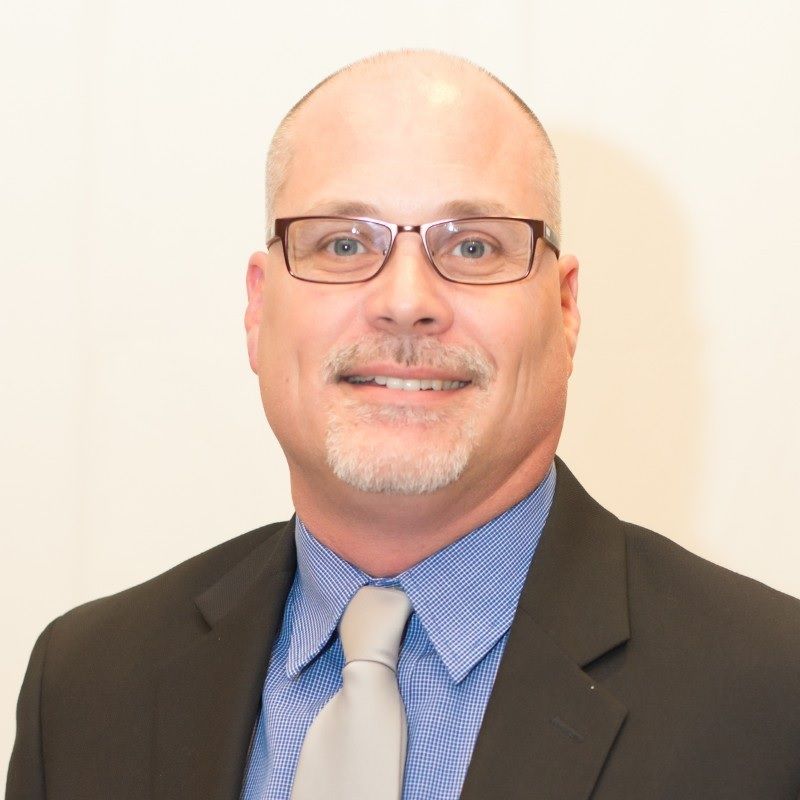
Guest Speaker: Shawn Mullins, Owens Corning
Shawn has been with Owens Corning for almost ten years, providing product sales and customer support with insulation installation, building and energy codes, and building science technical assistance.
Prior to joining Owens Corning, Shawn had his own company in Phoenix, Arizona where he, among other things, did work in the home energy and building performance industries as a RESNET HERS Rater and BPI Building Analyst.
Shawn currently serves as a manufacturer's representative on the RESNET Supplier Advisory Board and also as a board member of the Energy Efficiency Business Coalition in Colorado.
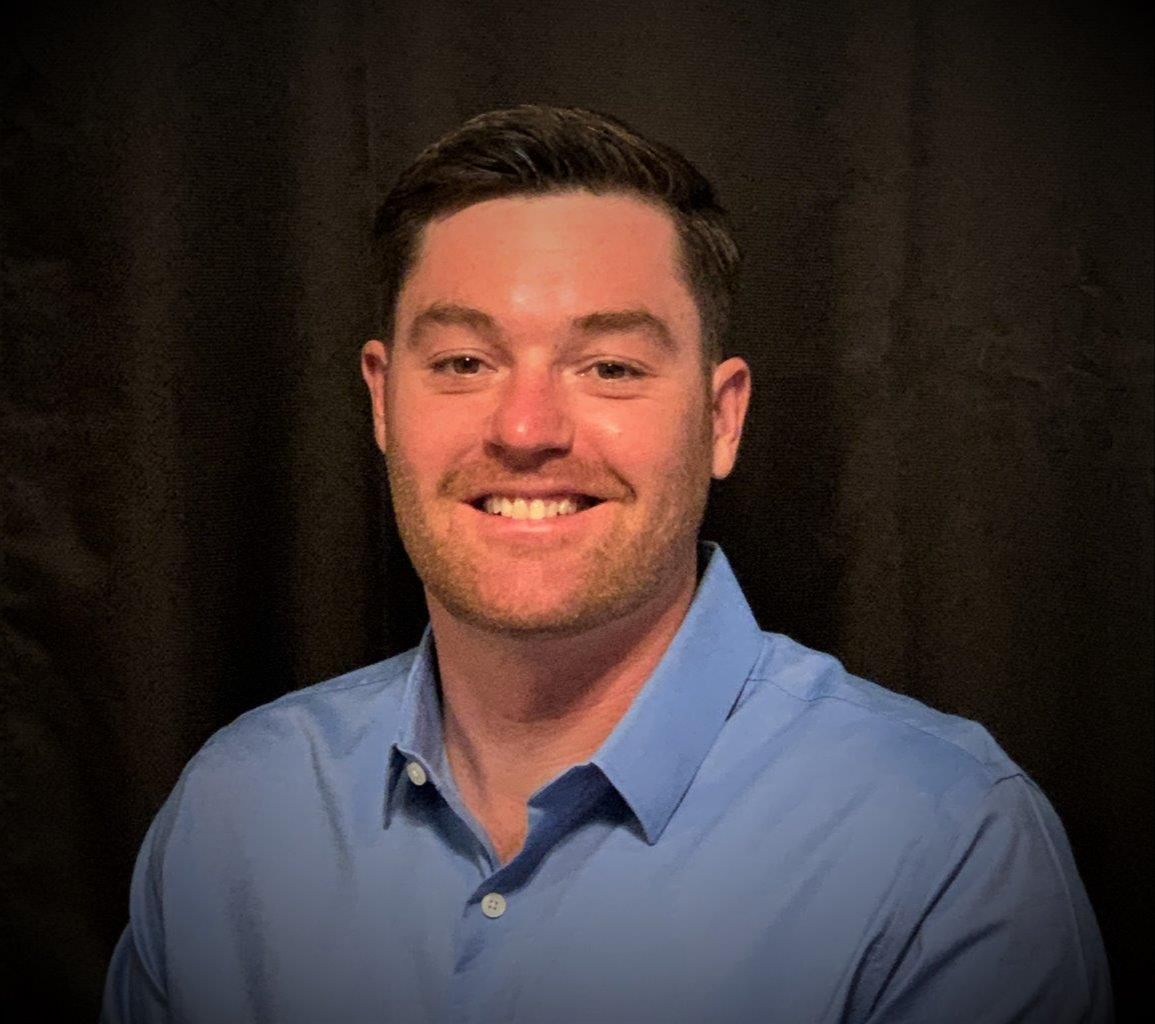
Guest Speaker: Derek Fowler, Owens Corning
Derek has been with Owens Corning since 2019 where he works with OC’s Certified Energy Experts (CEE) to provide marketing assistance and further elevate their businesses with training for their installers.
While Derek currently lives in North Carolina, prior to joining Owens Corning, he owned his own insulation contracting business in Nevada.
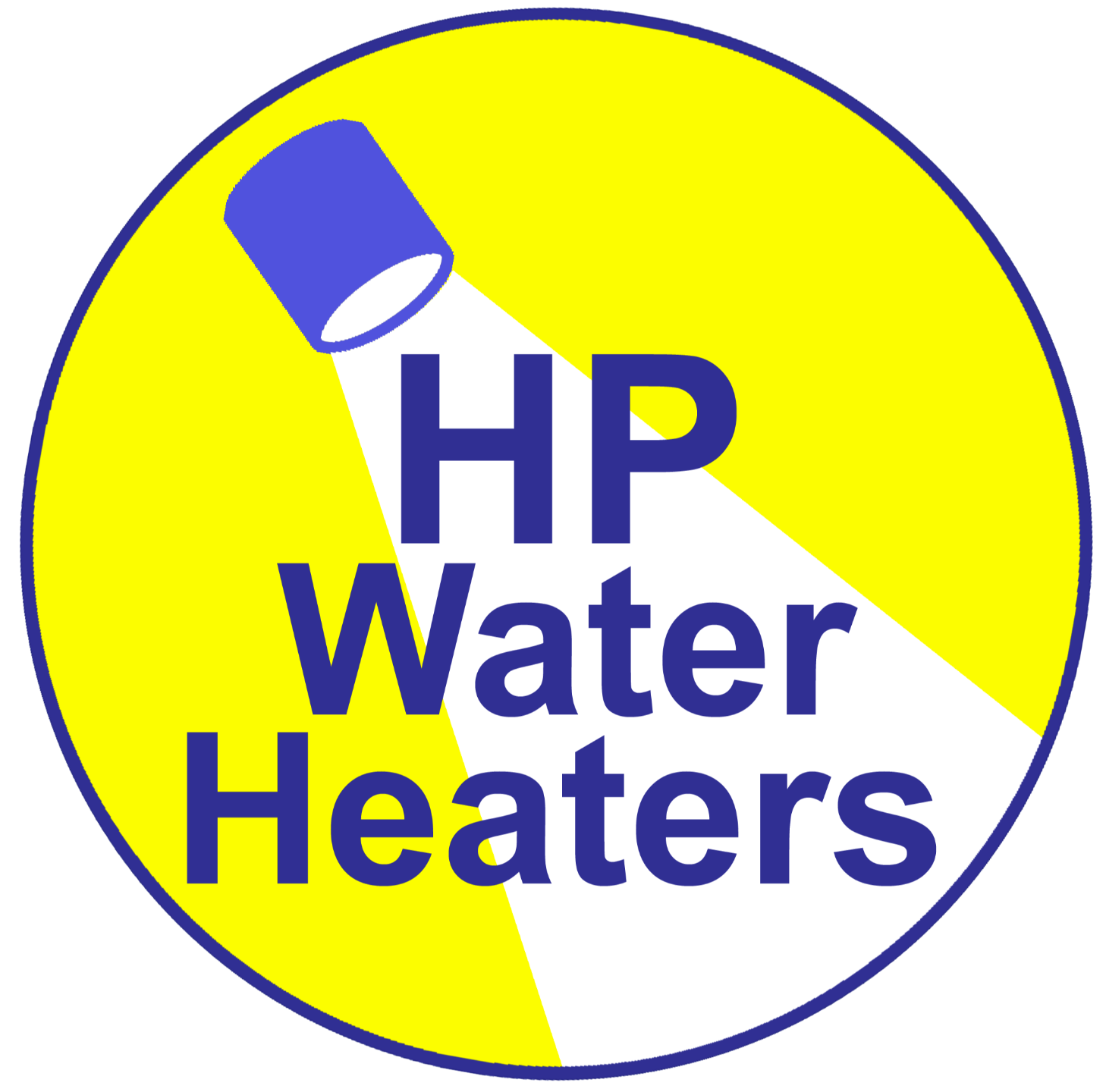
Heat Pump Water Heaters
Heat pumps have grown in popularity over the past 50 years, but most people are not aware that the technology is almost 170 years old, invented by Austrian engineer Peter von Rittinger in the 1850's.
While most people think of heat pumps primarily in the home air conditioning and heating context, they are an integral part of many products we use every day in our lives, including the heating and cooling in our cars as well as refrigerators and freezers in our homes, and more recently in water heaters.
In fact, the history of heat pumps used for water heating dates back over 70 years, most famously in an accidental discovery by Robert Webber when experimenting with the deep freezer in the basement of his home in Indiana.
Much has changed in the technology of heat pump water heaters over 70 years, and with new federal tax credits and utility rebates incentivizing home owners and home builders to install heat pump water heaters, demand is expected to grow significantly.
This class will help you to understand how heat pump water heaters work, provide a deep dive into the latest in heat pump water heater technology, and make it clear why you should strongly consider installing one in the homes you design, build and even the one you live in.
What you'll be learning:
- Why hybrid electric heat pump water heaters are significant to the US market
- How heat pump water heaters us the same principles of refrigeration to move heat rather than create heat
- The different types of heat pump water heaters
- The environmental benefits of heat pump water heaters
- The importance of proper site selection to maximize energy savings and home owner satisfaction
- Requirements for proper installation and maintenance
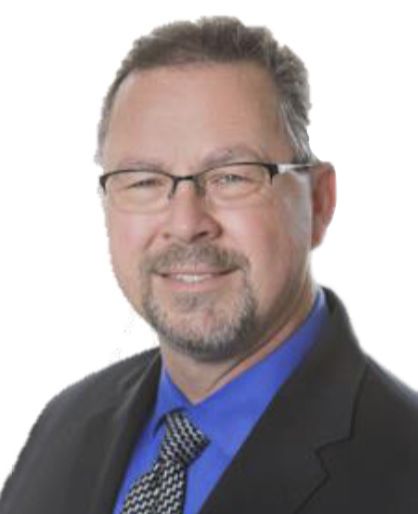
Guest Speaker: Gregg Holladay, Bradford White Corporation
Gregg works to educate utilities, architects, builders, engineers and plumbing/HVAC trades on the benefits of ENERGY STAR heat pump water heaters, including Bradford White’s own AeroTherm™ series.
Before joining the Bradford White team, Gregg spent 32 years with General Electric (GE) where he introduced GeoSpring™, the first ENERGY STAR electric heat pump water heater, to the US market.
As a pioneer in this industry, Gregg is considered an expert speaker on this topic, conducting countless numbers of webinars each year and advising utilities across the country on integration best practices for heat pump water heaters.
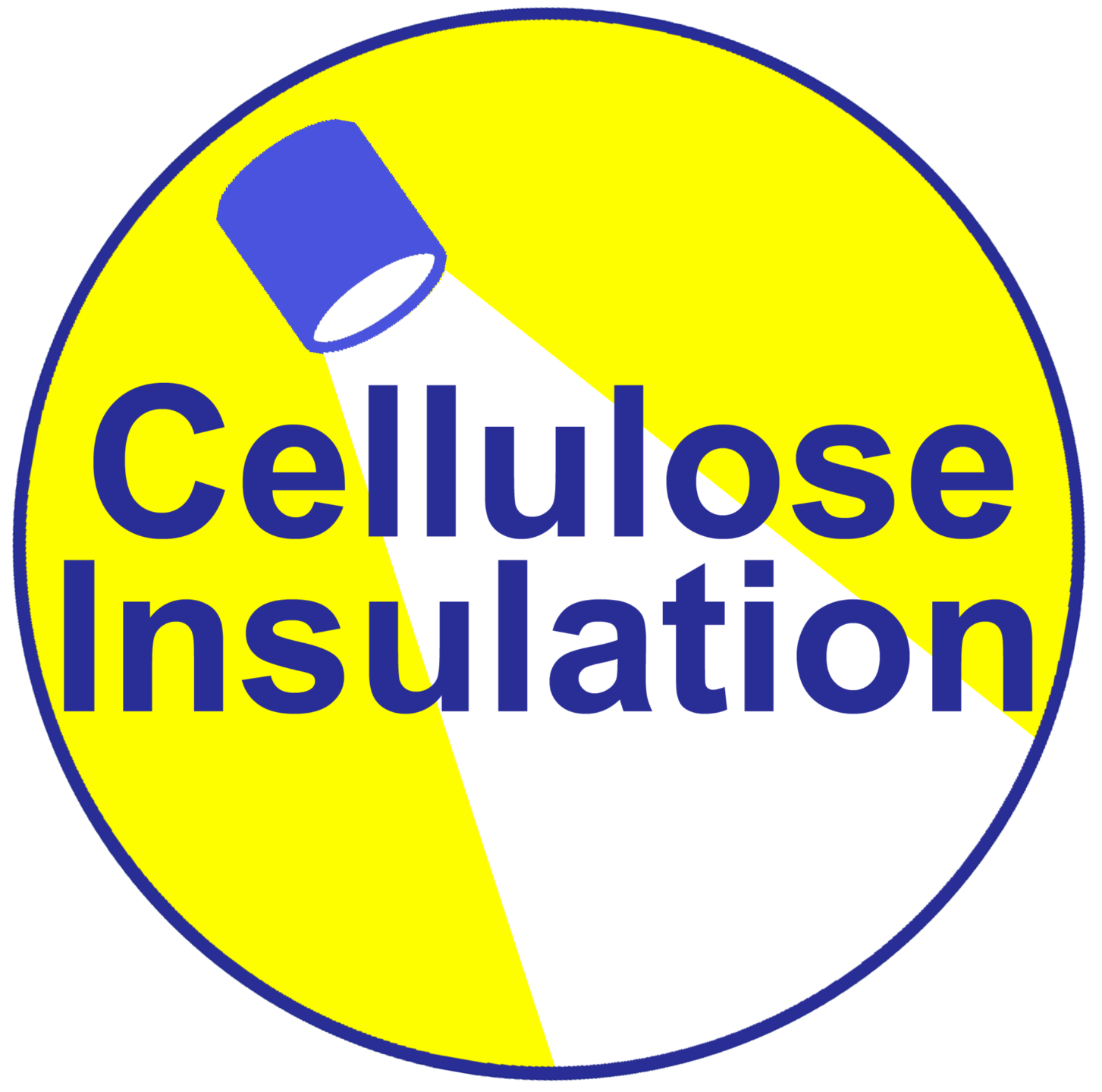
Insulation Options for Homes -
Cellulose
For those who have participated in my Becoming a Building Science Expert and Maximizing Performance with Unvented Attics classes, you are all too aware of the importance of "thermal and air barrier alignment" in order for insulation to actually work.
You are also aware of the benefits of a loose fill insulation to achieving proper thermal and air barrier alignment, and that fiberglass, cellulose, and foam each have "loose fill" options available for maximizing the energy efficiency of homes.
In this class, you will not only learn the specific benefits of cellulose insulation when insulating the walls, floors and ceilings of homes, but also a number of other benefits you may not even be aware of.
We will be covering fiberglass and foam in future classes, so you don't want to miss this first of three classes focused on the most popular insulation options for homes.
What you'll be learning:
- The benefits of loose fill cellulose insulation in the walls, floors and ceilings of homes
- The environmental benefits of cellulose compared to other insulation products
- How cellulose creates a much quieter home, both inside and from outside
- Get an expert perspective on the true nature of "cellulose settling"
- Learn the fire resistant qualities of modern cellulose products
- Hear the latest information on how best to include cellulose insulation in multifamily construction projects
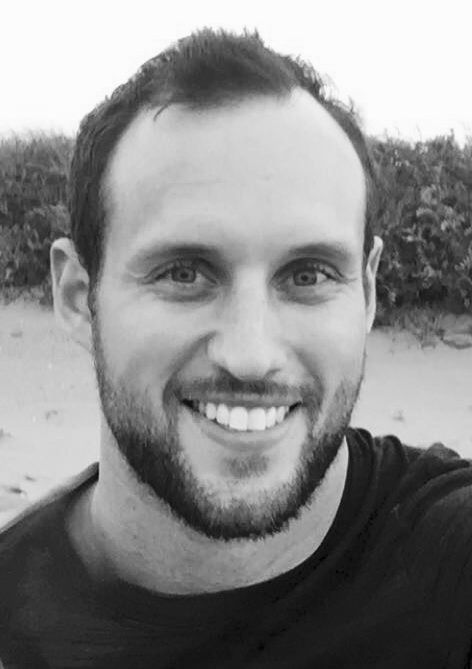
Guest Speaker: Matthew Brennan, Greenfiber
Matt Brennan has been part of the building construction industry since the age of 14, eventually starting his own contracting business while in college, and then working in the milling and interior finish business with the Canadian company Sauder (now Metrie) where he worked in sales and operations.
Matt now works for Greenfiber (Canada), formerly Thermocell, helping contractors, designers, utilities, and home energy professionals to bring low carbon, high performance cellulose to more regions across north America.
Matt has a degree in economics and finance from Saint Mary’s University in Nova Scotia, Canada and will be completing his Passive House Consultant certification later this year.
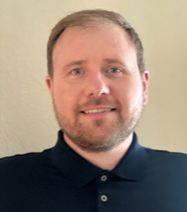
Guest Speaker: Luke Shortridge, Greenfiber
Luke Shortridge has over 23 years of experience in the construction industry.
Based in Scottsdale, Arizona, Luke is a Market Development Manager for Greenfiber for the southwest region of the United States where he supports single family and multifamily builders with solutions to save them time, money, and hassle using Greenfiber products.
Luke received a real estate and construction management degree from the University of Denver and enjoys playing golf and watching Denver Broncos football.

HRV/ERVs
Ventilation in homes is important to maintaining good indoor air quality, and even more important as the International Energy Conservation Code (IECC) and national energy efficiency programs like ENERGY STAR have increased building tightness requirements.
Recognizing this, ENERGY STAR started requiring mechanical ventilation in version 3.0 in 2010 and the IECC adopted a robust ventilation requirement in 2012.
There are a number of ventilation strategies available to home builders, but it is generally agreed that "Heat Recovery Ventilators" and "Energy Recovery Ventilators", also known as "HRVs" and "ERVs", are the very best strategy.
In the coldest climates, the IECC 2021 and energy programs like the US Department of Energy's Zero Energy Ready Home program now require HRV/ERV's.
In this information packed class you will learn why HRV/ERVs are considered "the best" ventilation strategy, why this strategy is required in the coldest climates, and much, much more!
What you'll be learning:
- The most popular ventilation strategies for homes today
- What is a Heat or Energy Recovery Ventilator and how do they work
- Bust the common "myths" about HRV/ERVs, and learn the reasons why you would likely choose one for your own home
- Examples of how HRV/ERVs are typically installed
- Considerations when meeting code and how to ensure improved performance
- Learn about a number of production home communities that have successfully included HRV/ERVs in their design

Guest Speaker: Bryan Magnuson, Greenheck
Bryan Magnuson is Product Manager for the Residential Ventilation Group with Greenheck Fan Corporation.
Over the last 7 years, his group has worked to enhance and expand the residential ventilation product line and create affordable, high performance ventilation products that meet and exceed the increasingly stringent building code requirements.
Bryan holds a degree in Civil Engineering from Michigan Technological University. Prior to joining Greenheck, Bryan worked for a consulting engineering firm focusing on project management and delivery.

Guest Speaker: Justin Erickson, E3 Energy, LLC
Justin Erickson is the co-owner and President of E3 Energy LLC, a building science company located in Flagstaff, Arizona.
E3 Energy is a leader in the high performance building industry in the southwest United States, providing consultation, testing, home energy rating services, and energy program certifications for home builders to increase the efficiency, healthfulness and safety of the homes they build.
Under Justin's leadership, E3 has successfully certified thousands of homes for national energy efficiency and indoor air quality programs, including the DOE Zero Energy Ready Home Program, EPA ENERGY STAR for Homes program, EPA Indoor airPLUS program, and US Green Building Council LEED for Homes program.
Justin and his team at E3 take great pride in working with some of the most cutting edge, award winning builders and building science professionals in the industry to design and test building techniques for the 21st century.
On-Demand Class Sponsor: Greenheck

HercuWall
There are many variations on the "insulated concrete form" (ICF) wall system, but few that utilize foam, concrete and steel quite the same way as HercuTech in their HercuWall wall system.
Since 2008, HercuTech has worked with home builders like Meritage, Mattamy and Woodside to build homes in Arizona and Florida, showcasing the benefits of their highly engineered wall system, including quieter living and lower utility bills for homeowners and shorter construction schedules and higher quality for home builders.
More recently, the HercuTech team has found a niche partnering with contractors like Sodella Construction to build hundreds of homes for the "build to rent" market, with over 1,000 more homes in the pipeline for construction.
In this class you will learn exactly how and why HercuWall is described as "common materials used in extraordinary ways."
What you'll be learning:
- What types of buildings HercuWall can be used for
- The "extraordinary ways" that HercuWall uses concrete, galvanized steel, polyester film coatings, and expanded polystyrene (EPS) foam
- The complete list of benefits for homeowners/tenants living in HercuWall homes, as well as benefits to builders constructing with HercuWall
- Hear the real world experience of a contractor who has built over 500 HercuWall homes, and has a large backlog to build many, many more
- HercuTech's plans for expanding production and product delivery to key markets in the US
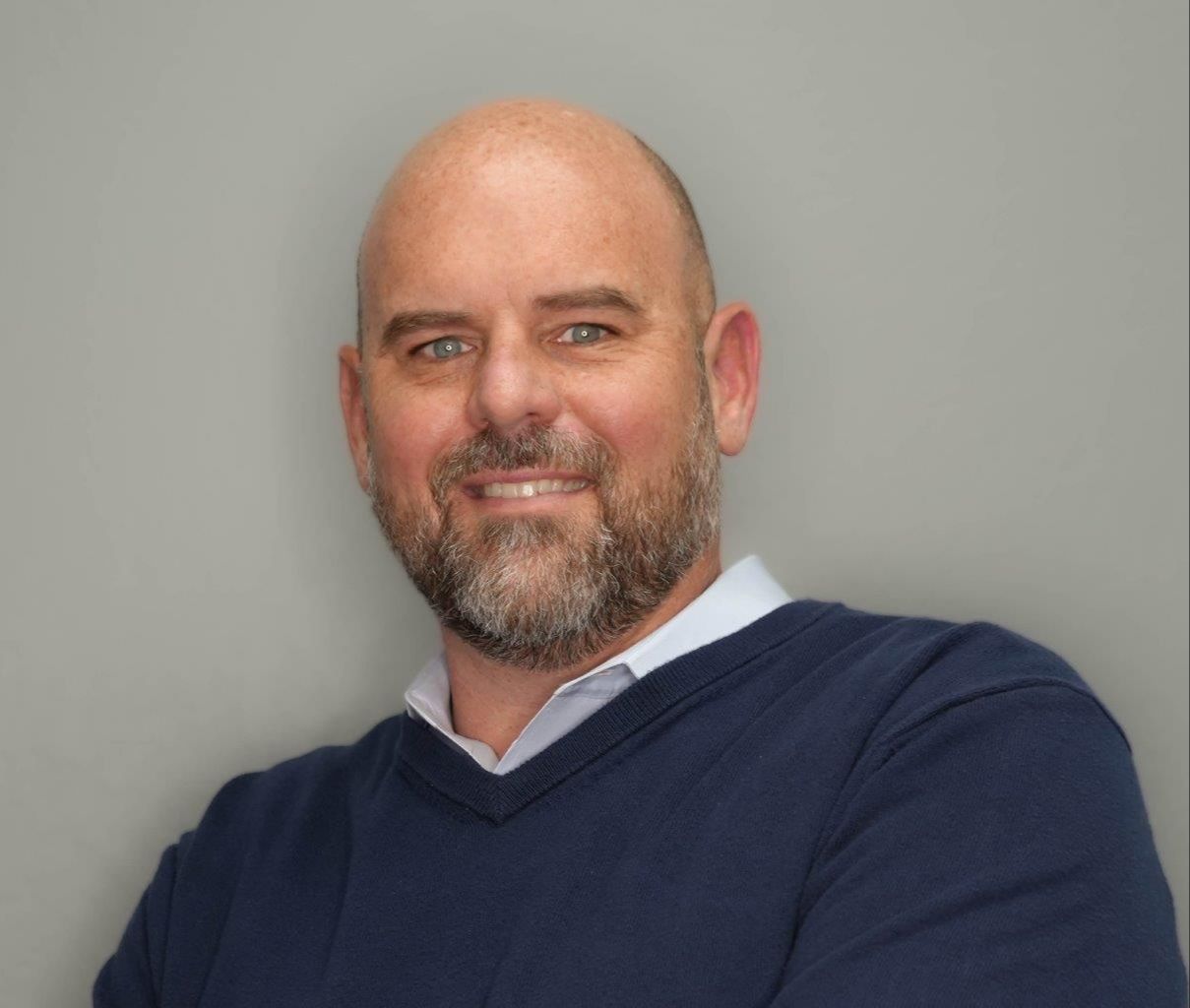
Guest Speaker: Greg Garrison, HercuTech
Greg is a fifth-generation construction manager with over twenty years of experience in the construction industry.
He has been a part of the leadership team at HercuTech for the past eight years, helping bring the HercuWall product to market.
Greg assisted with the final steps of product development, product testing, obtaining HercuWall code reports and the integration of the product into thousands of single family and multifamily homes.
Prior to joining the HercuTech team, Greg spent over twelve years in the commercial construction space working on facilities services projects, ground up warehousing, aircraft hangars, and a variety of US Department of Defense projects.

Guest Speaker: Mike Mancini, SoDella Construction
Mike has over 20 years of experience in the construction industry, the past five years with his own general contracting company, SoDella Construction.
Before starting SoDella, Mike served as Vice President of Purchasing for Meritage Homes for over 10 years, overseeing purchasing in Arizona and 8 other states, ensuring cost effectiveness and high customer value for home buyers.
From 1999 to 2007, Mike worked with Homes by Towne overseeing planning, entitlements, contracting and field operations for over 1,000 multifamily units across Arizona.
He has a bachelors degree in civil engineering with a concentration in environmental engineering from Clarkson University in Potsdam, New York.
On-Demand Class Sponsor: HercuTech
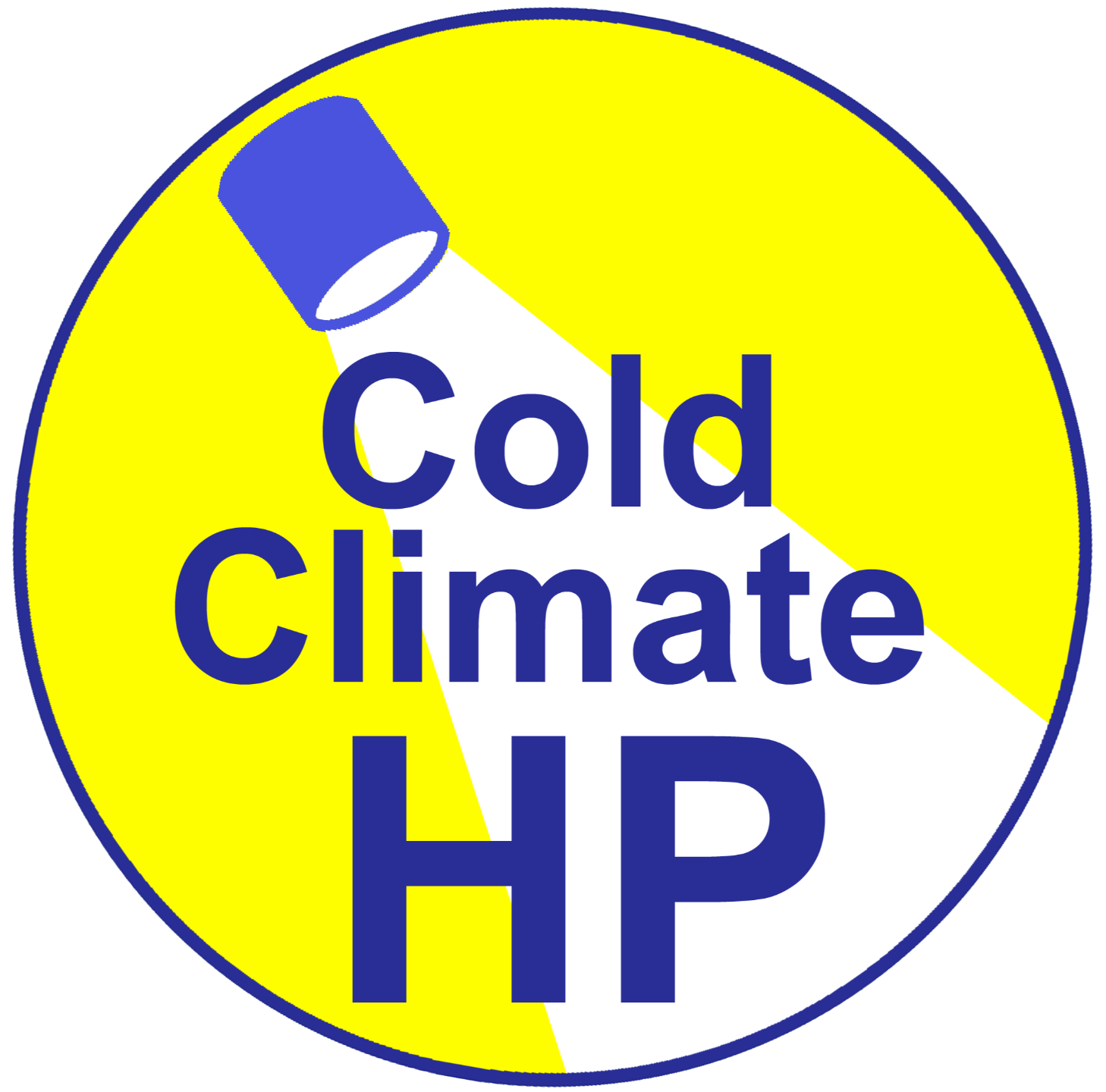
Cold Climate Heat Pumps
All signs point to a future where most new homes will be all electric and, indeed, the movement in this direction is already underway.
According to the US Energy Information Administration, the percentage of homes that are all electric has increased from 20% in 2005 to 25% in 2015.
A big driver of this electrification is the growing popularity of "cold climate heat pumps" that deliver indoor heat even when the thermometer drops below zero outside.
In this class you will learn how cold climate heat pumps do this feat of magic, and much more.
What you'll be learning:
- Why the market is now ready for cold climate/variable capacity heat pump technology
- How heat pumps work in general, and "cold climate" heat pumps work in particular
- The distinct advantages of cold climate heat pumps over other forms of heating for buidings
- An overview of design and installation criteria
- Example projects where hundreds of homes at a time are being built with cold climate heat pumps
- Information on how you can design and build your next home with a cold climate heat pump

Guest Speaker: Shawn LeMons, Mitsubishi Electric Trane HVAC US
Shawn is part of the Performance Construction Team with Mitsubishi Electric Trane HVAC, focused on efficient cooling and heating systems for residential new construction and high performance remodeling.
He has over 25 years of experience in the residential building industry with small and large companies, non-profits, and volunteer work, and since 2019, he has completed analysis and advising on over 7 million square feet of residential and commercial buildings.
Shawn strives to expand his building science knowledge and skills at every opportunity, and enjoys sharing that knowledge through hands-on training and mentoring for all levels of building professionals.
He has held certifications as a LEED Green Rater, PHIUS+ Verifier, HERS Rater, BPI professional, ICC Residential Energy Inspector, Level 1 Thermographer, and earned a BS in Business from the University of Colorado at Boulder.
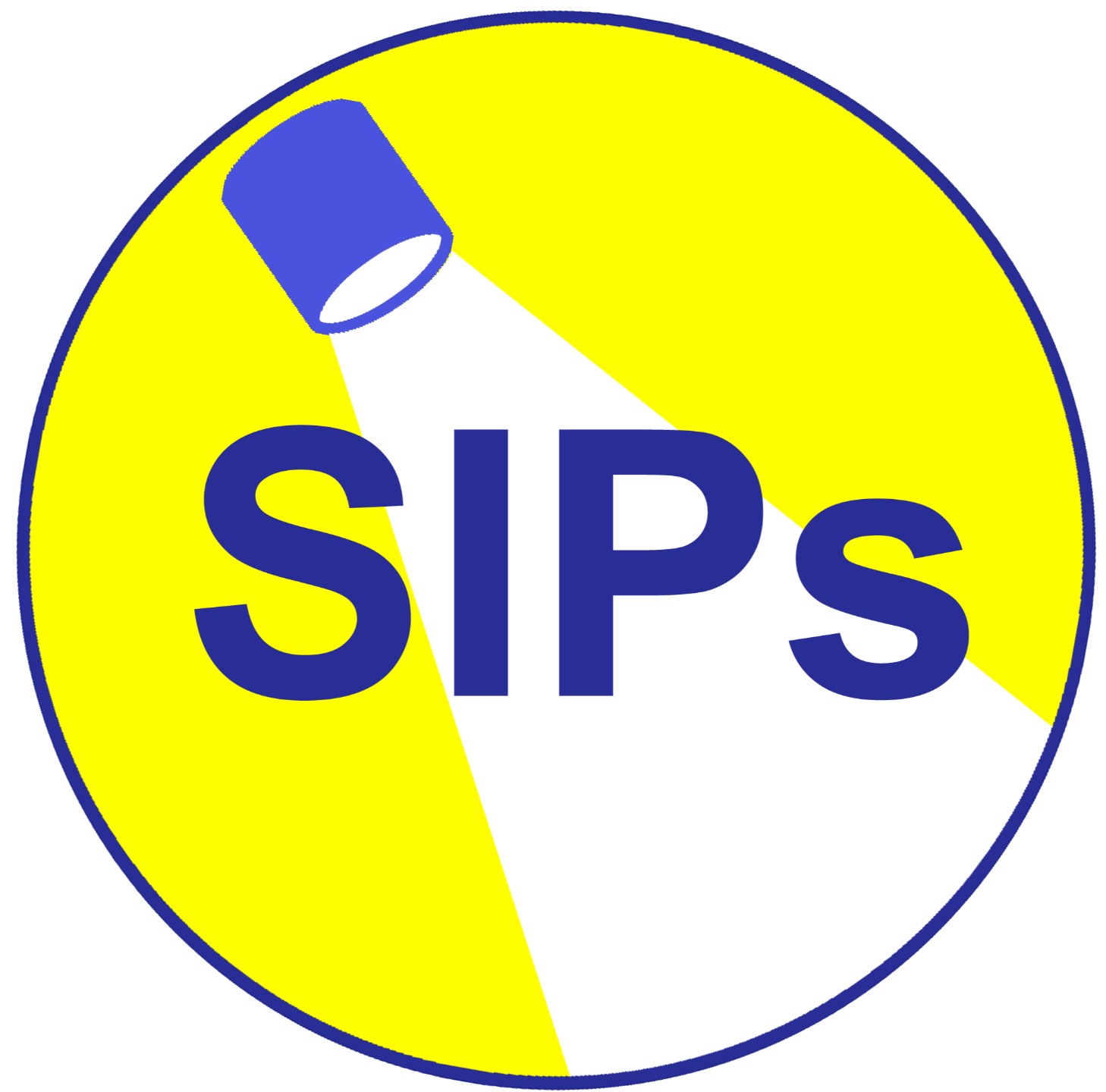
Structural Insulated Panels (SIPs)
The construction industry continues to face many challenges with maintaining quality in how buildings are assembled, labor shortages, increased material costs, and increasingly stringent and demanding building codes.
Penalized construction has been around for over 75 years, but today more than ever, can play a major role in addressing each of these challenges and, in doing so, move the construction industry to a much higher level of performance.
In this class you will learn how structural insulated panels (SIPs) are a solution to each of the challenges listed above, and much more.
What you'll be learning:
- How SIPs increase quality, with fewer people, at lower costs, both in time and dollars
- How SIPs are manufactured and assembled in the field
- How to run wires and plumbing in SIP walls, roofs and floors
- How to move a project from drawings, to engineering/design, to manufacturing, and finally delivery and product installation
- See examples of successful residential projects the were multiple homes, not just custom one-off homes

Guest Speaker: Phil Ligon, Premier SIPs
Phil Ligon is a Regional Sales Manager for Premier SIPs, the largest SIP manufacturer in North America.
With over twenty-five years of experience in the construction industry, Phil has spent the past 10+ years working with structural insulated panels, first as a SIP installer, builder and designer, and for the past six years with Premier SIPs delivering educational and sales presentations to architects, engineers, builders, framers, and homeowners.
For the past 50 years, Premier SIPs has focused on customer service and elevating the overall structural insulated panel industry.
In the 1980s, Premier invested heavily in research, field testing, third-partly testing, and code report substantiation to bring structural insulated panels into the International Building Code (IBC).
Premier serves their customers through education, pre-design expertise, and field jobsite training to ensure the SIPs framing portion of every project goes smoothly.
On-Demand Class Sponsor: Premier SIPs

Electric Vehicles & Battery Storage
All major auto manufacturers are moving towards converting their fleets to electric. Understanding the service entrance requirements for different level chargers will help you educate others on the best solution to “future proof” their homes.
In this class, you will learn common levels of EV infrastructure for residential EV charging and what requirements are coming in the next generation of codes and standards.
The Battery Energy Storage Systems (BESS) available for residential use are rapidly expanding. Understanding the basics of how energy storage works is foundational to working with these systems.
Truly understanding what "Thermal Runaway" is, and how to mitigate the potential hazards of certain chemistries used in BESS, is becoming more and more important for builders, designers, and code inspectors.
In this class, we will be reviewing the most recent code developments for safe deployment of these systems. Understanding the "why" of these requirements will provide you the necessary knowledge to stay ahead of others in the quality and safety of the homes you build, design, and inspect.

Guest Speaker: Sharon Bonesteel, AIA, CBO, CP
Sharon has been a Senior Policy Analyst and Manager of Codes & Standards Initiatives at Salt River Project (SRP) for over 10 years, and has over 30 years of experience in the construction industry, including jurisdictional plan review and directing operations at her own architectural firm.
She leads SRP's enterprise-wide team focused on the safe deployment of battery energy storage systems and inverter-based resources, and provides expert witness consulting on batteries, fire and building code issues, as well as jurisdictional code enforcement.
Sharon brings this experience to the utility industry, facilitating the adoption of energy efficient building codes and providing education on codes and standards to the customers served by SRP.

